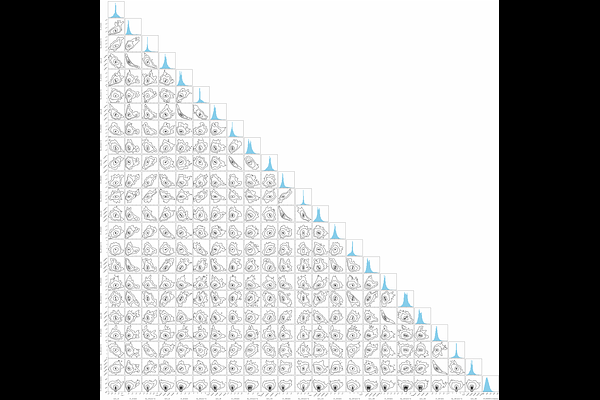Measuring the initial mass of 44Ti in SN 1987A through the 44Sc emission line

Measuring the initial mass of 44Ti in SN 1987A through the 44Sc emission line
Roberta Giuffrida, Marco Miceli, Emanuele Greco, Salvatore Orlando, Masaomi Ono, Vincenzo Sapienza, Fabrizio Bocchino, Oleh Petruk, Barbara Olmi, Shigehiro Nagataki
AbstractContext. Deriving the mass and large-scale asymmetries of radioactive isotopes offers valuable insights into the complex phases of a supernova explosion. Important examples are $^{56}$Ni, with its decay products $^{56}$Co and $^{56}$Fe, and $^{44}$Ti, which are studied through their X-rays emission lines and provide a powerful diagnostic tool to probe the explosive nucleosynthesis processes in the inner layers of the exploding star. Aims. In this framework, SN 1987A provides a privileged laboratory being the youngest supernova remnant from which the mass of Ti has been estimated. However, some tension exists in determining the initial mass of $^{44}$Ti. Previous analysis, relying on \textit{NuSTAR} and \textit{INTEGRAL} data, report $M_{44} = (1.5 \pm 0.3) \times 10^{-4}$ $M_\odot$ and $M_{44}=(3.1 \pm 0.8) \times 10^{-4} M_\odot$, respectively. In this paper we estimate the initial mass of $^{44}$Ti via its decay product, the $^{44}$Sc emission line at 4.09 keV, using \textit{Chandra} observations. Methods. We perform multi-epoch spectral analysis focusing on the inner part of the remnant, to minimize the contamination from the X-ray emission stemming from the shocked plasma. As a result, we provide the detection of $^{44}$Sc emission line in the central part of SN 1987A with a $\sim$99.7\% (3 $\sigma$) significance. Results. The simultaneous fit of the spectra extracted from observations between 2016 and 2021 provides a line flux of $6.8^{+2.2}_{-2.3}\times 10^{-7}$ photons s$^{-1}$ cm$^{-2}$ corresponding to a $^{44}$Ti mass $M_{44}=(1.6\pm0.5) \times 10^{-4} M_\odot$ (errors at the $90\%$ confidence level). The results obtained with our spectral analysis seem to align with those derived with NuSTAR.